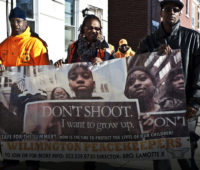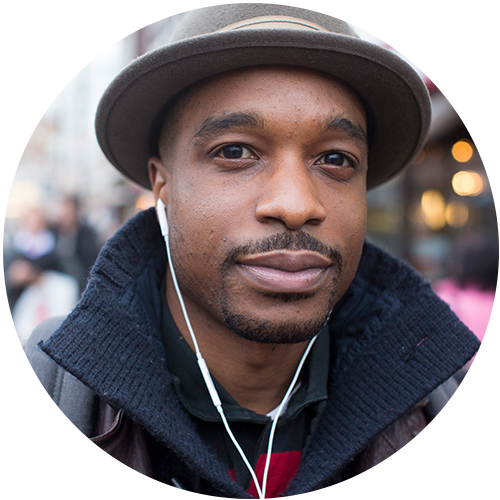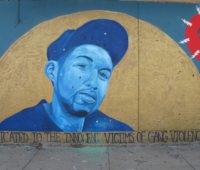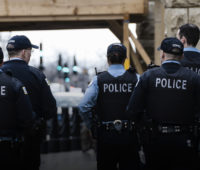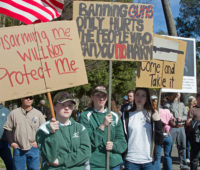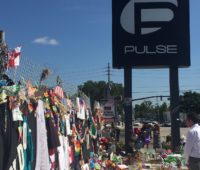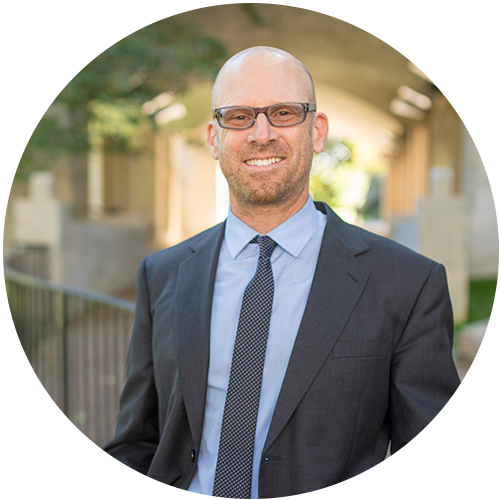In his “Understanding Gun Violence” series contribution, Jooyoung Lee poses the question: “What might gun violence research look like if we centered our analysis on victims?” In addressing the matter, he focuses on ethnographic approaches and the concept of “social loss” that extends beyond individual victims to a whole range of effects on families and neighborhoods. Drawing on his own extensive research in Philadelphia, Lee engages with victims as they move from the hospital to their homes and communities. In one instance, the connection between pain management due to gun violence and the opioid crisis becomes clear.













